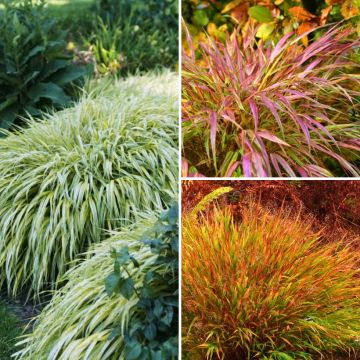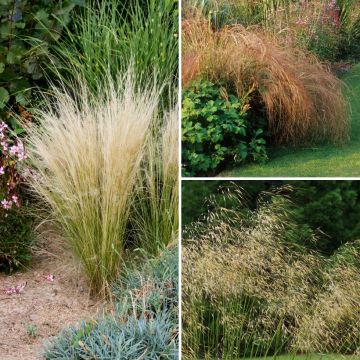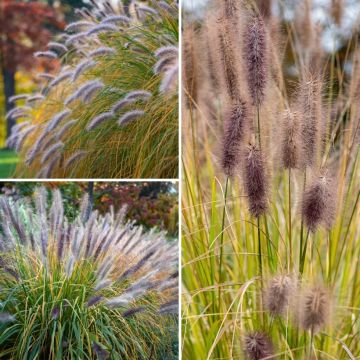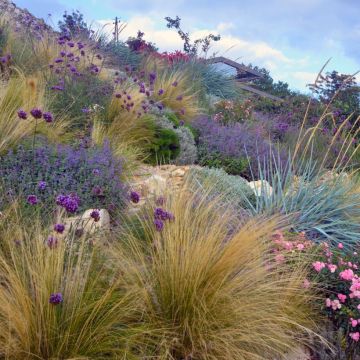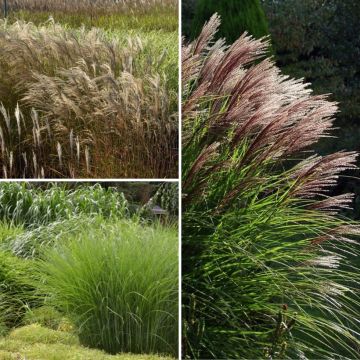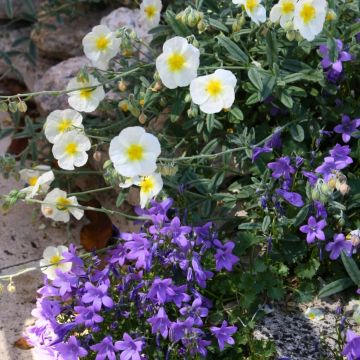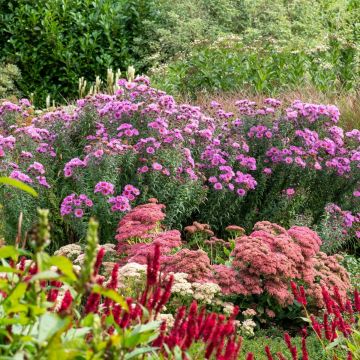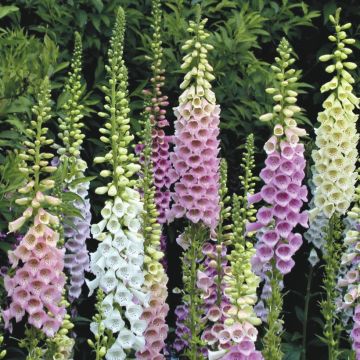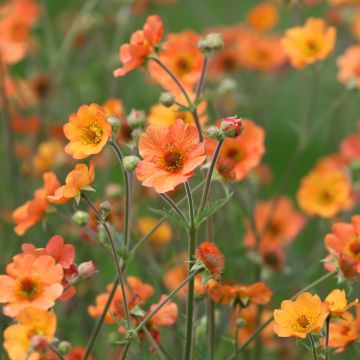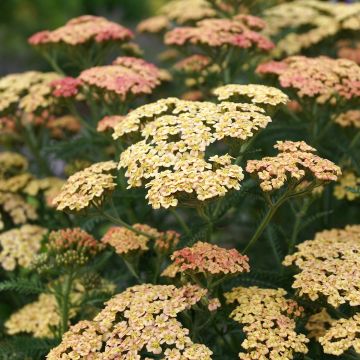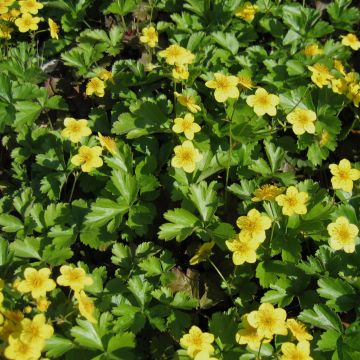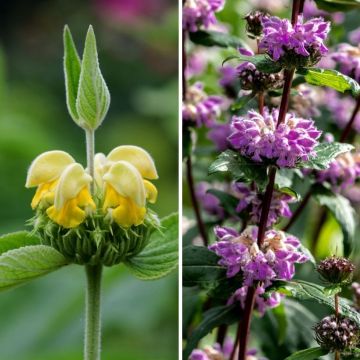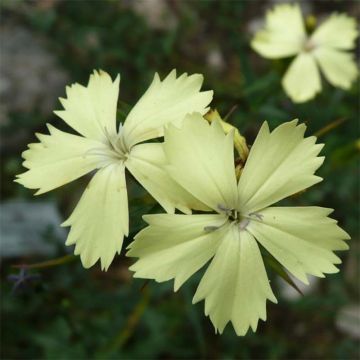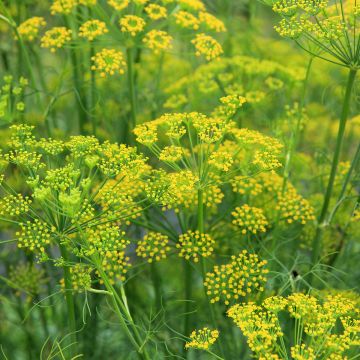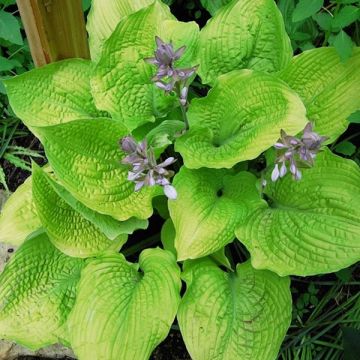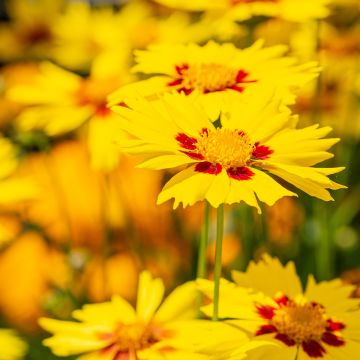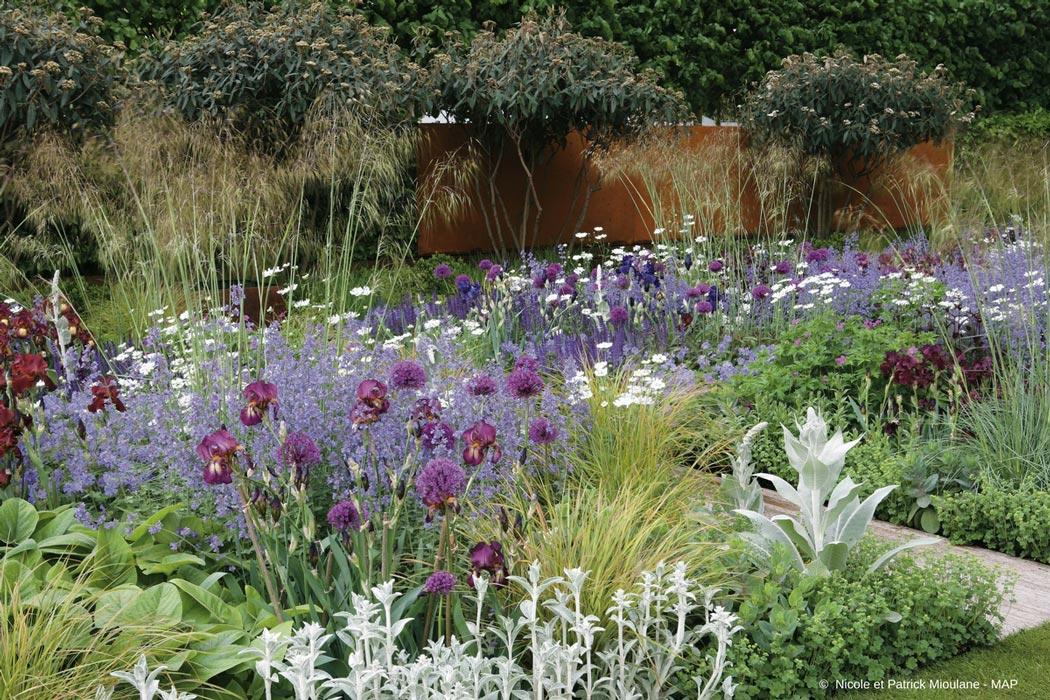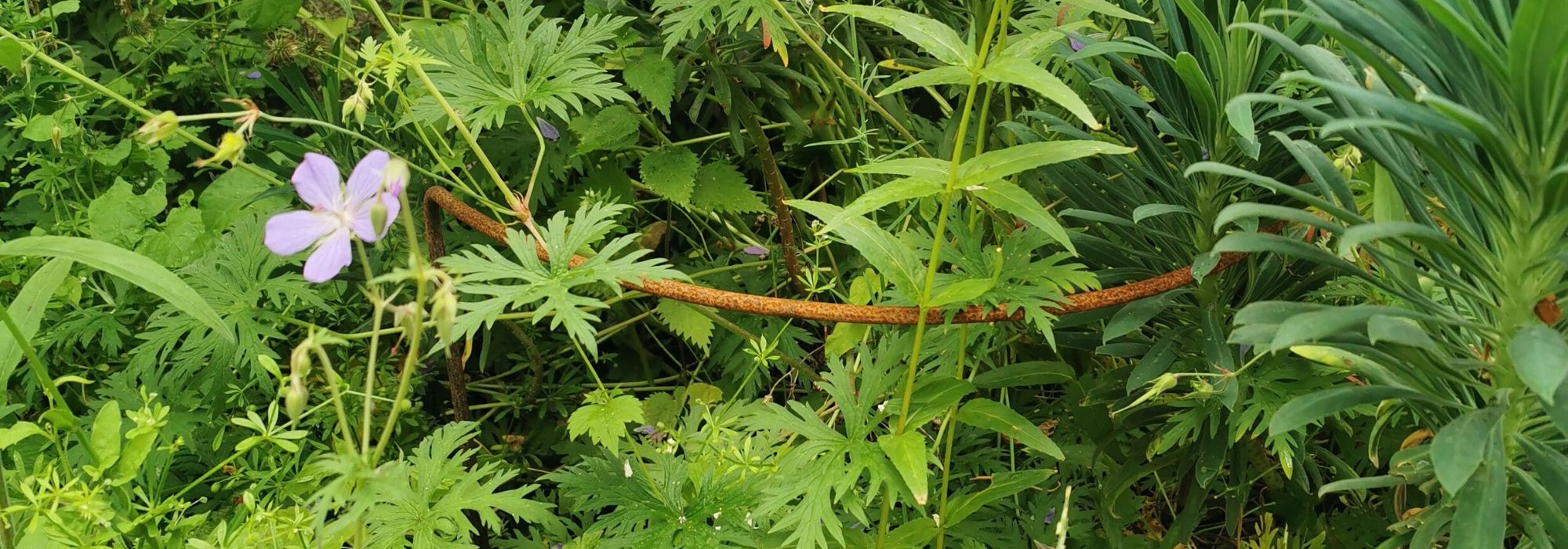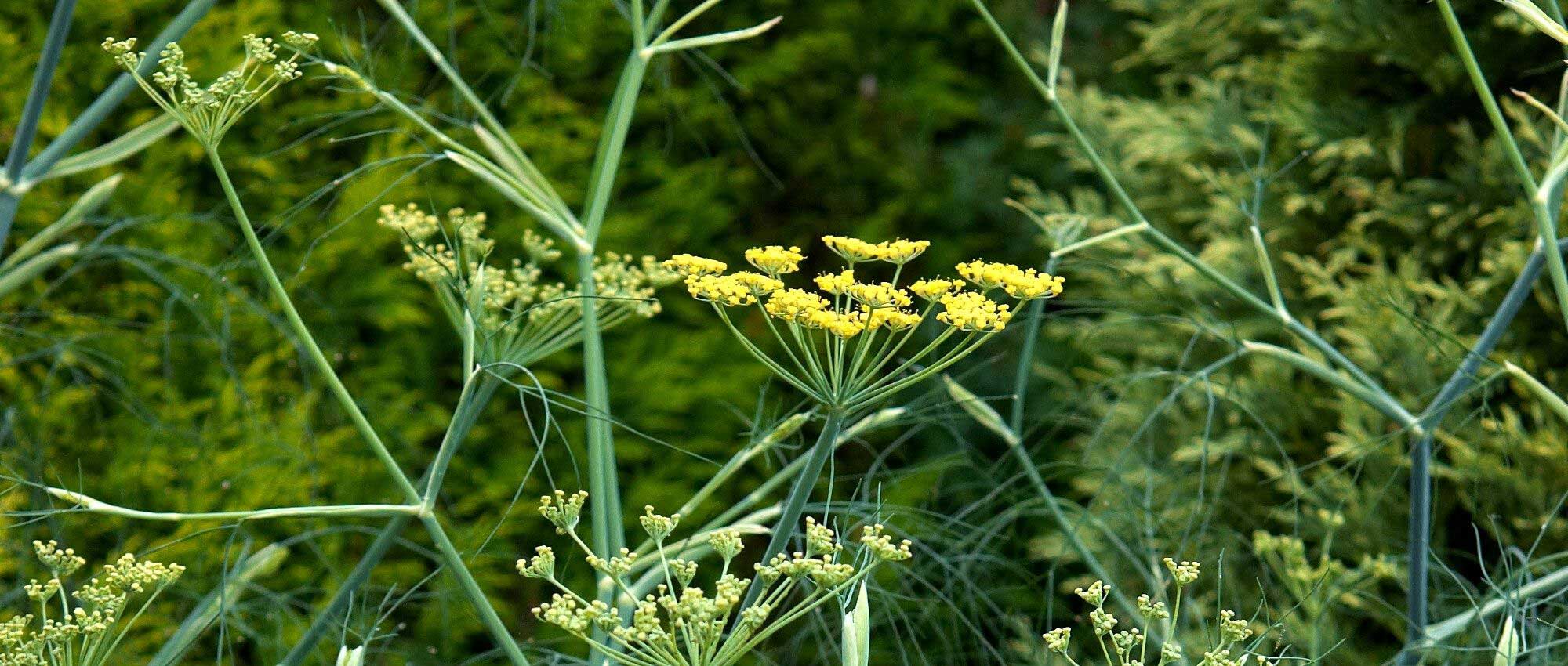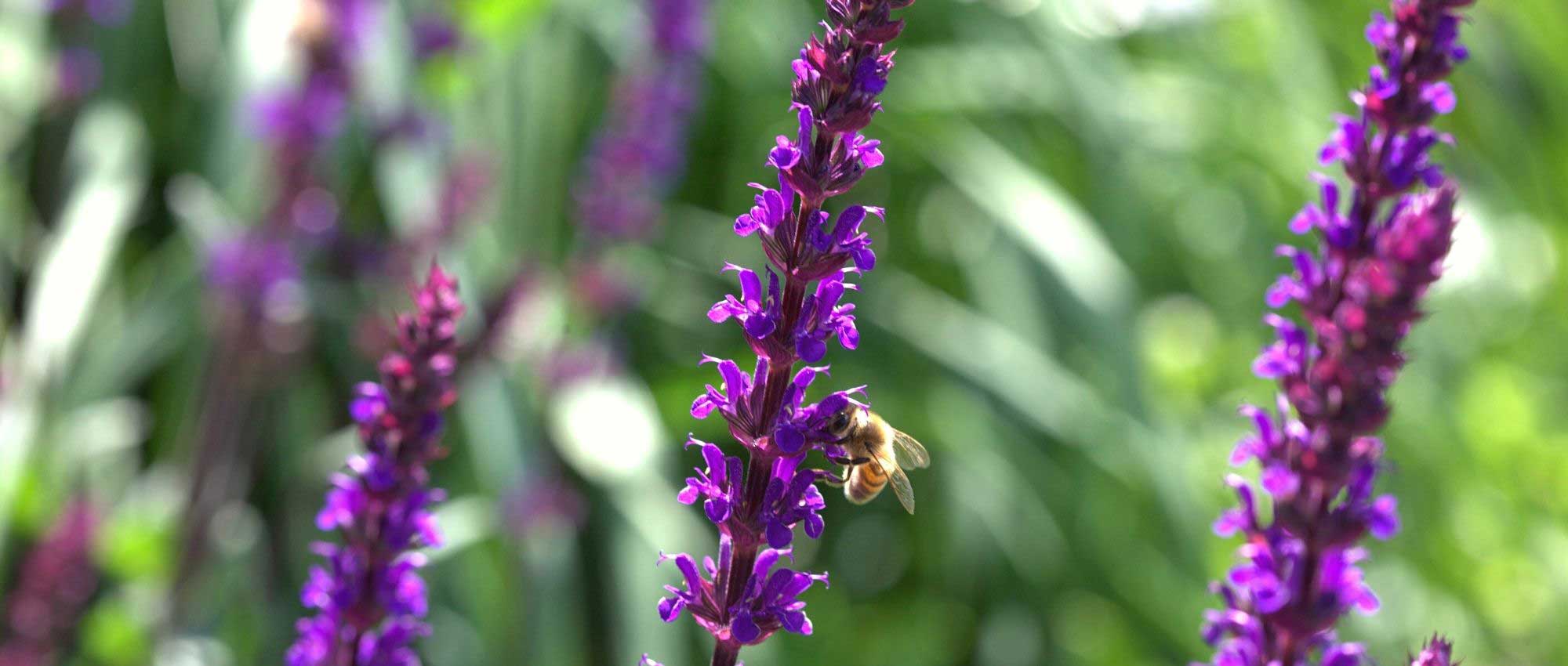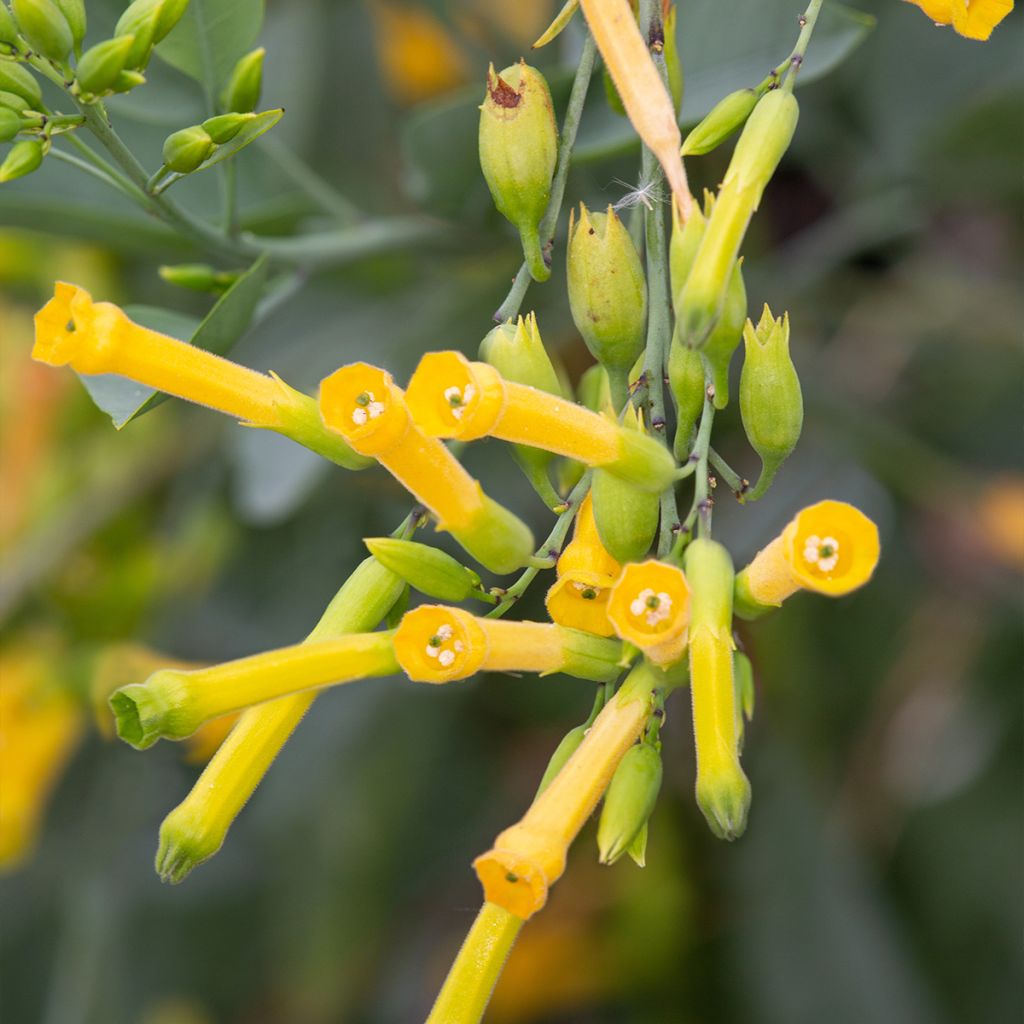

Nicotiana glauca
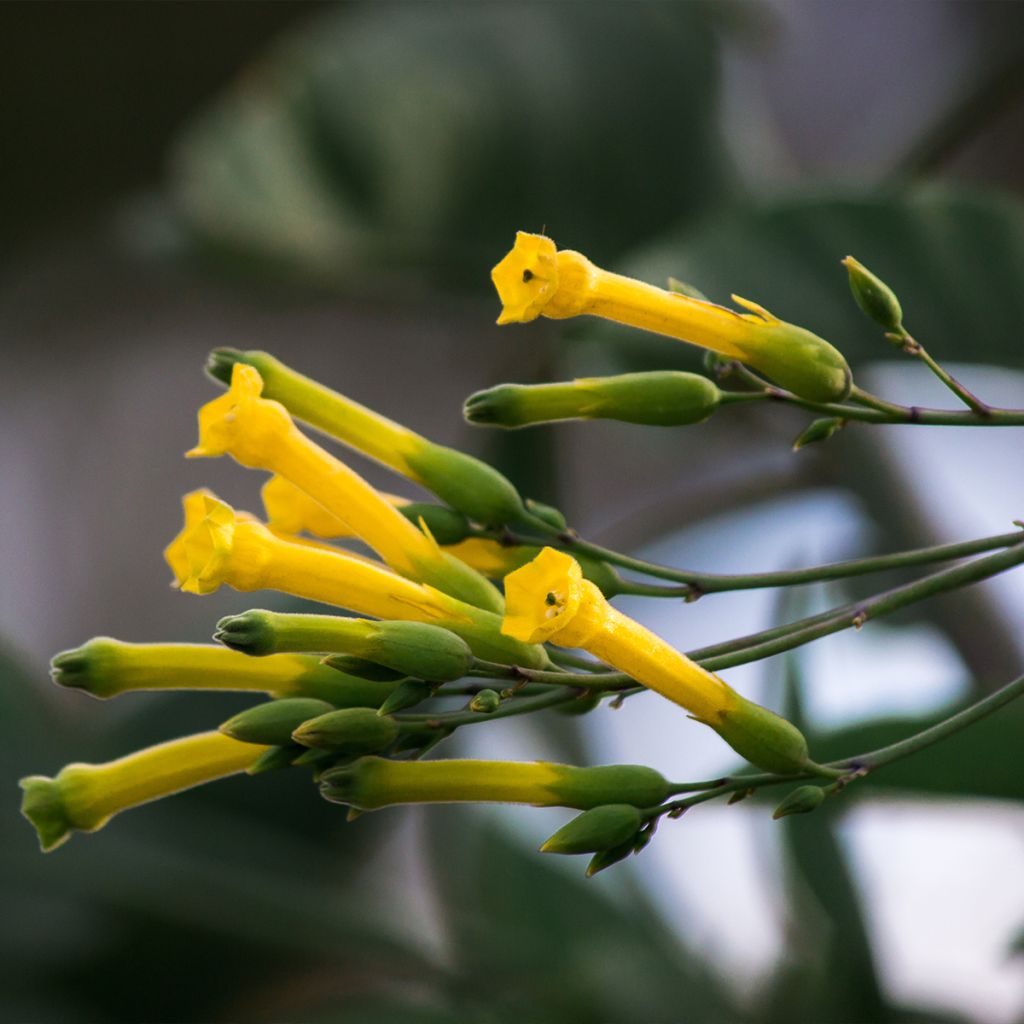

Nicotiana glauca
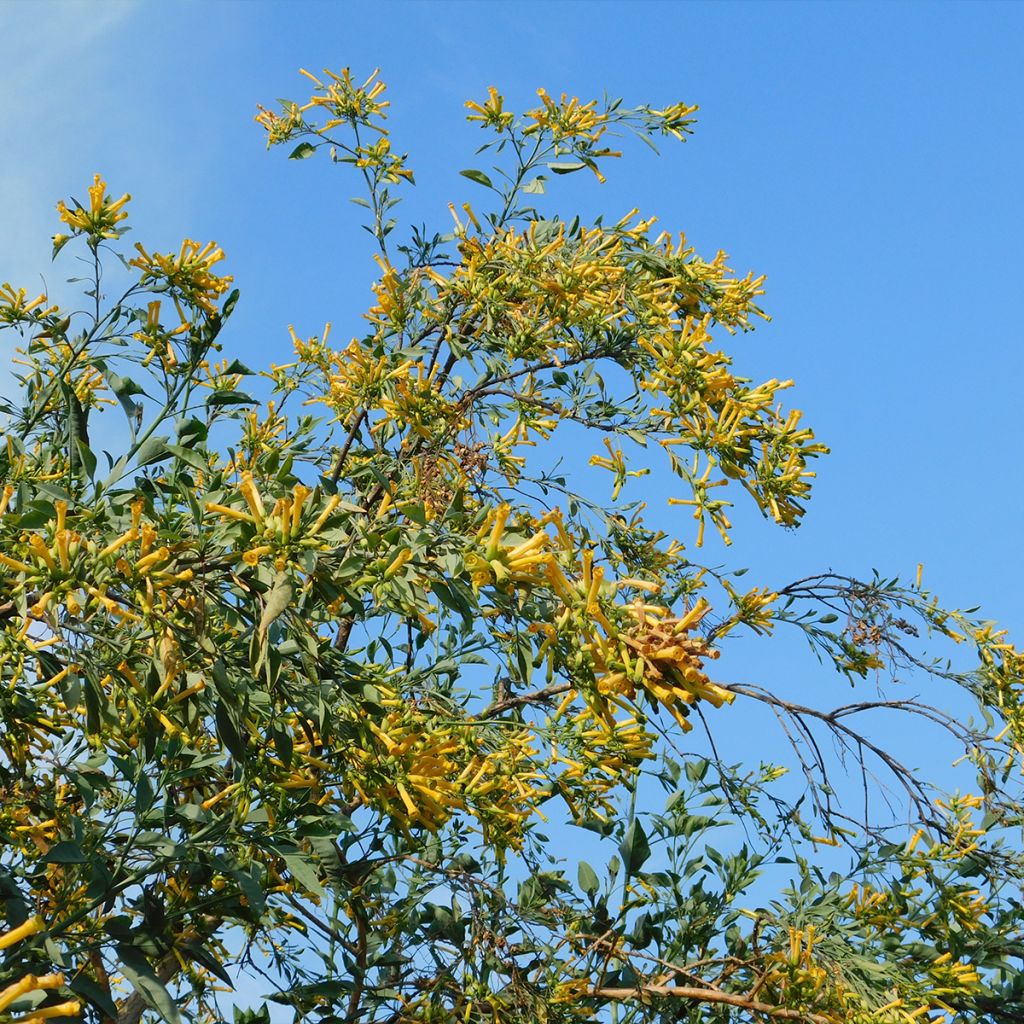

Nicotiana glauca
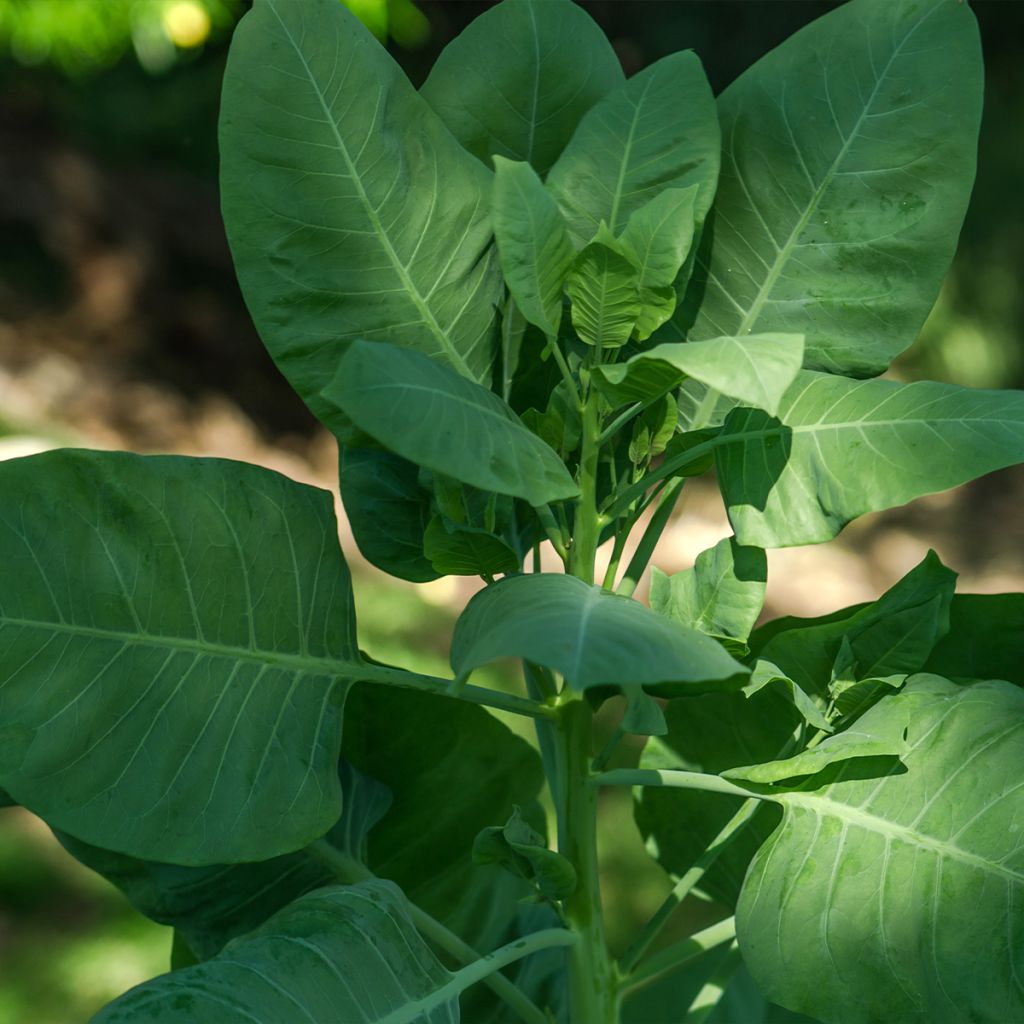

Nicotiana glauca
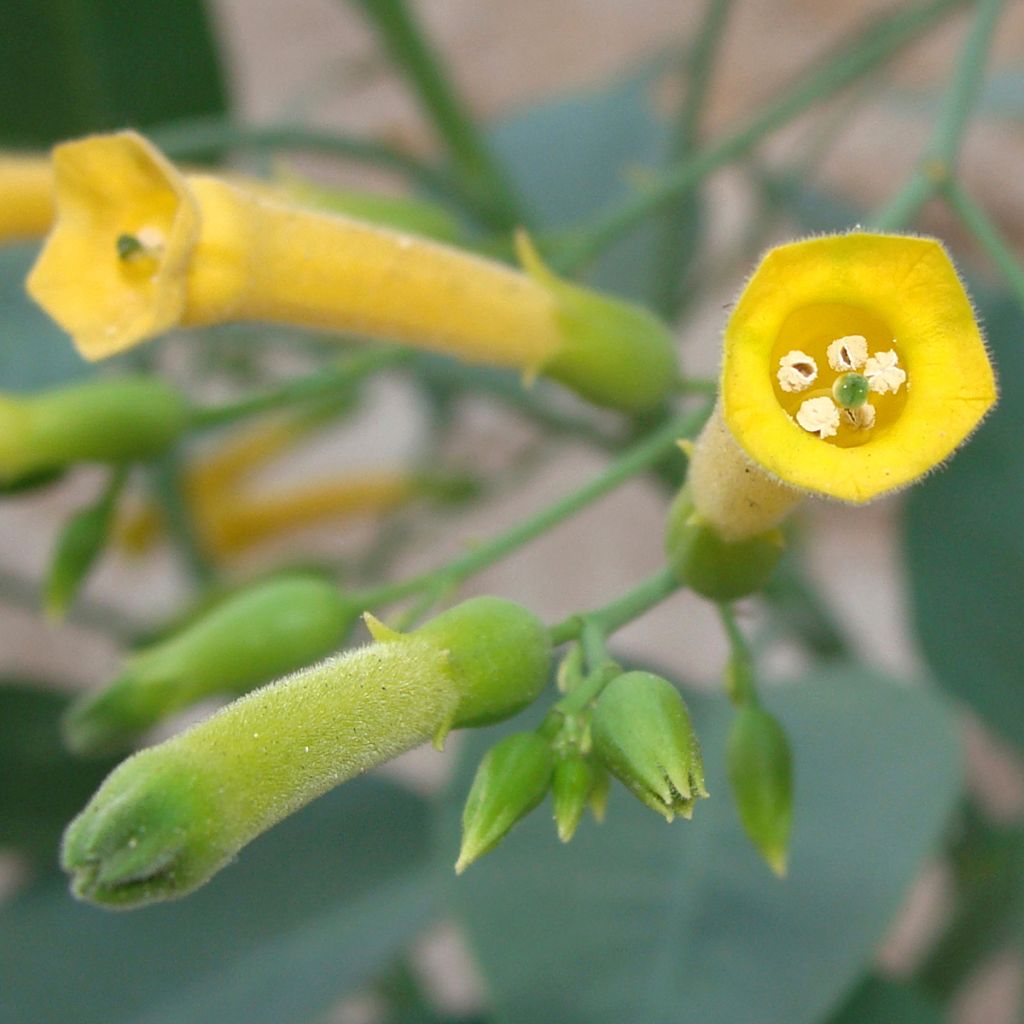

Nicotiana glauca
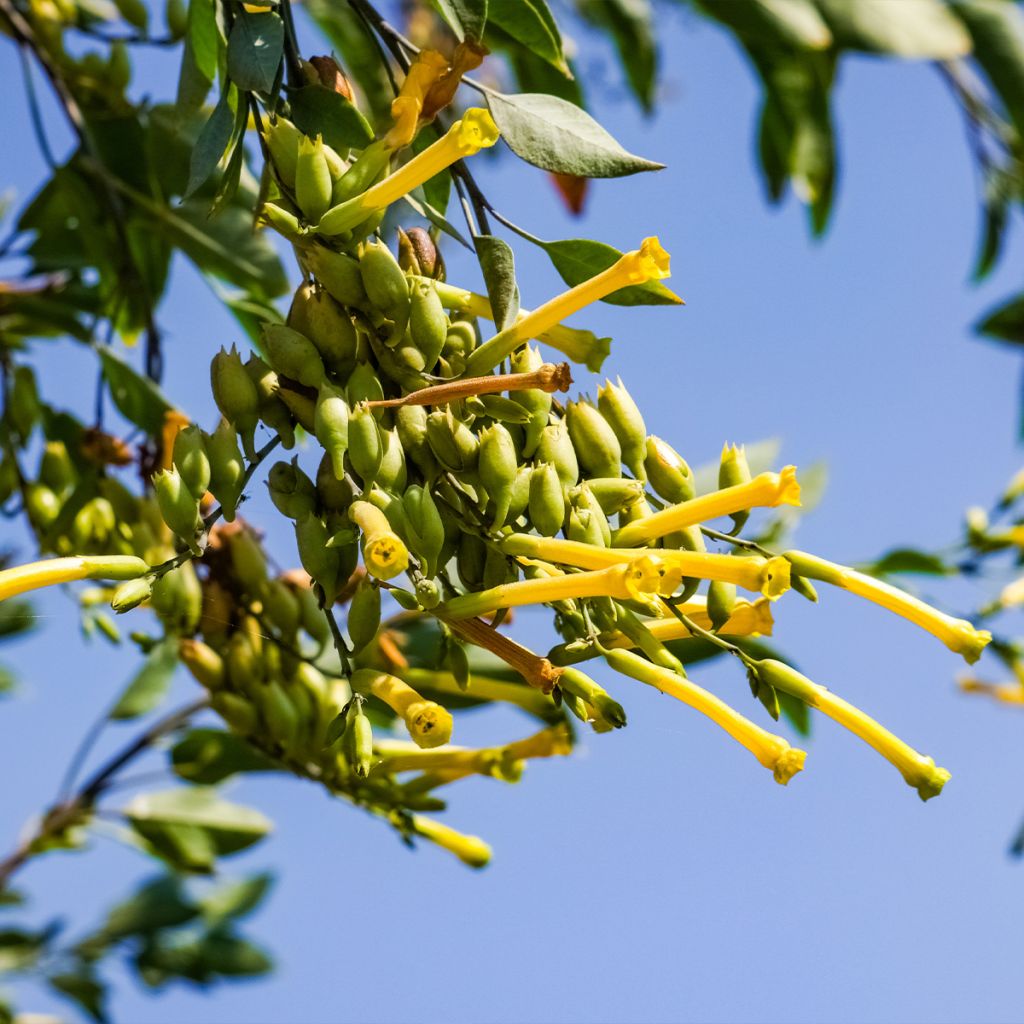

Nicotiana glauca
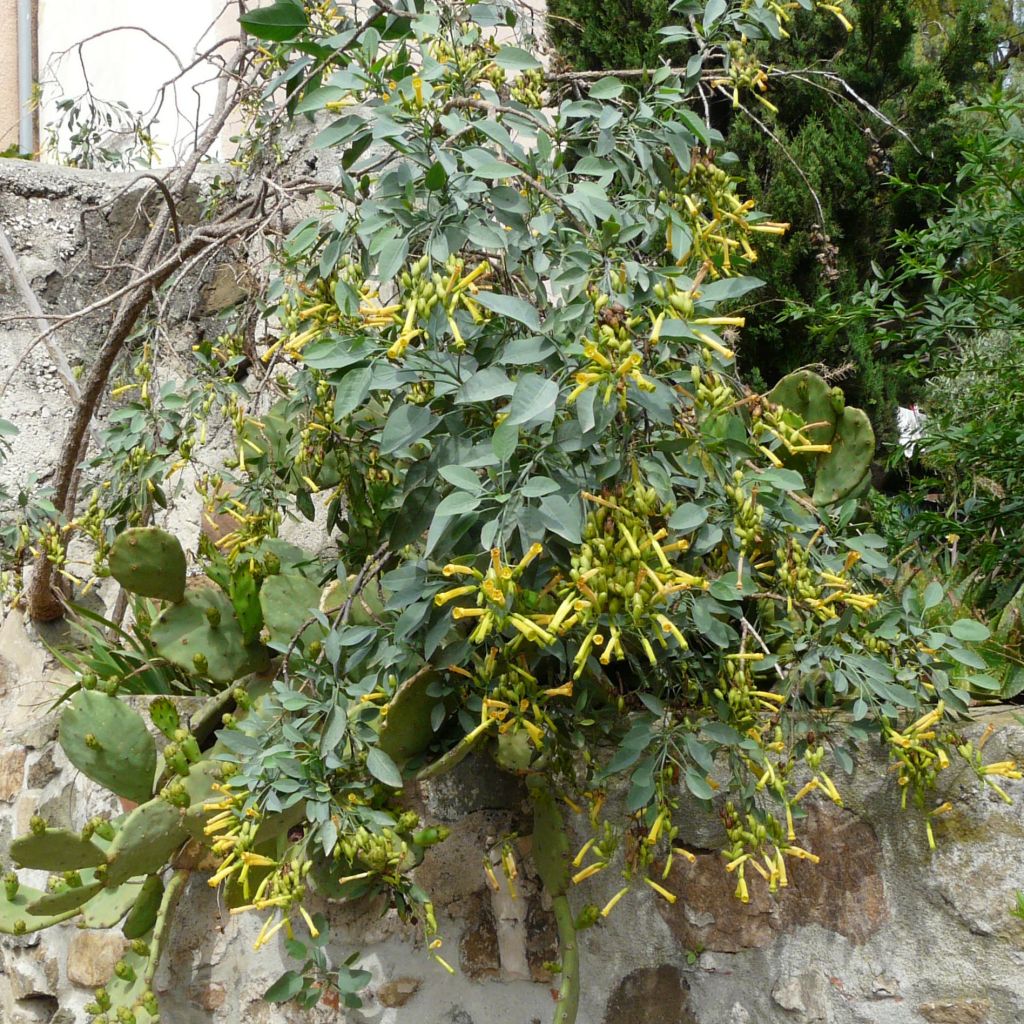

Nicotiana glauca
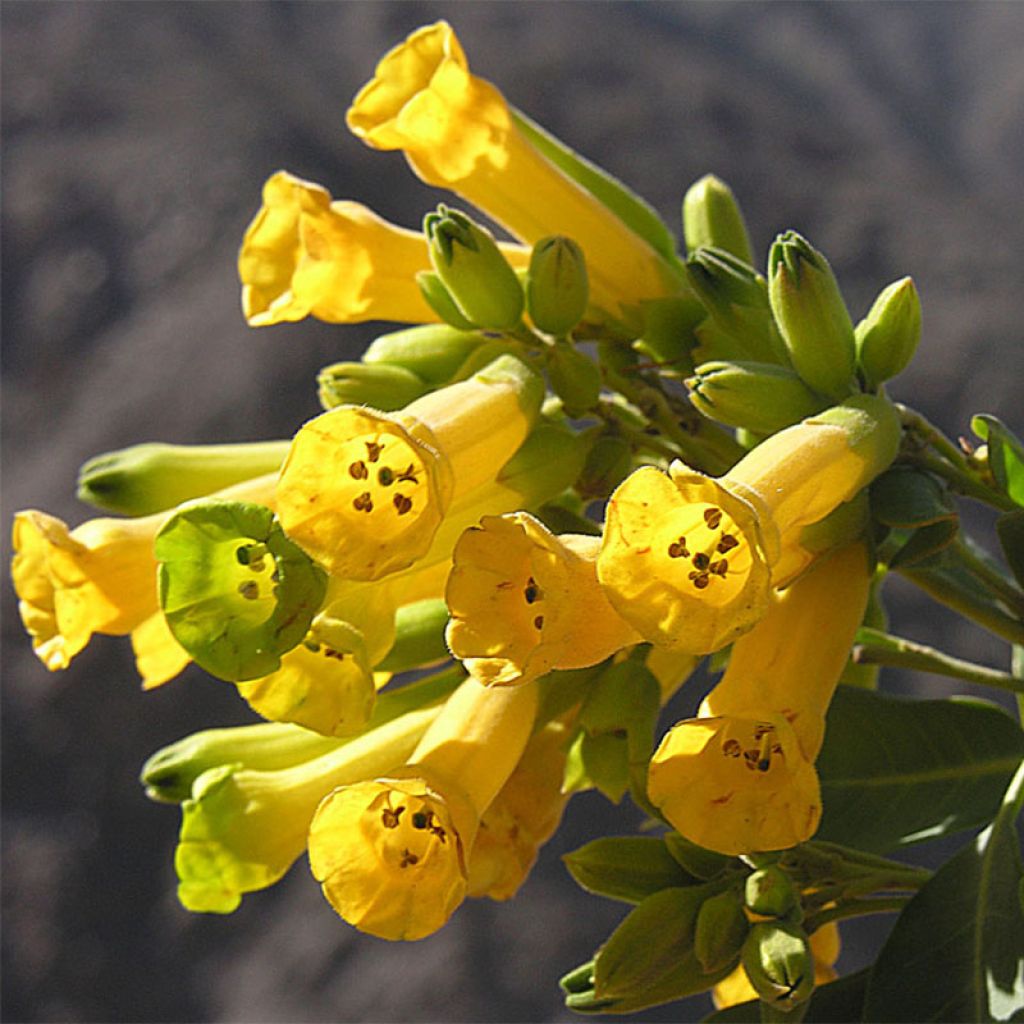

Nicotiana glauca
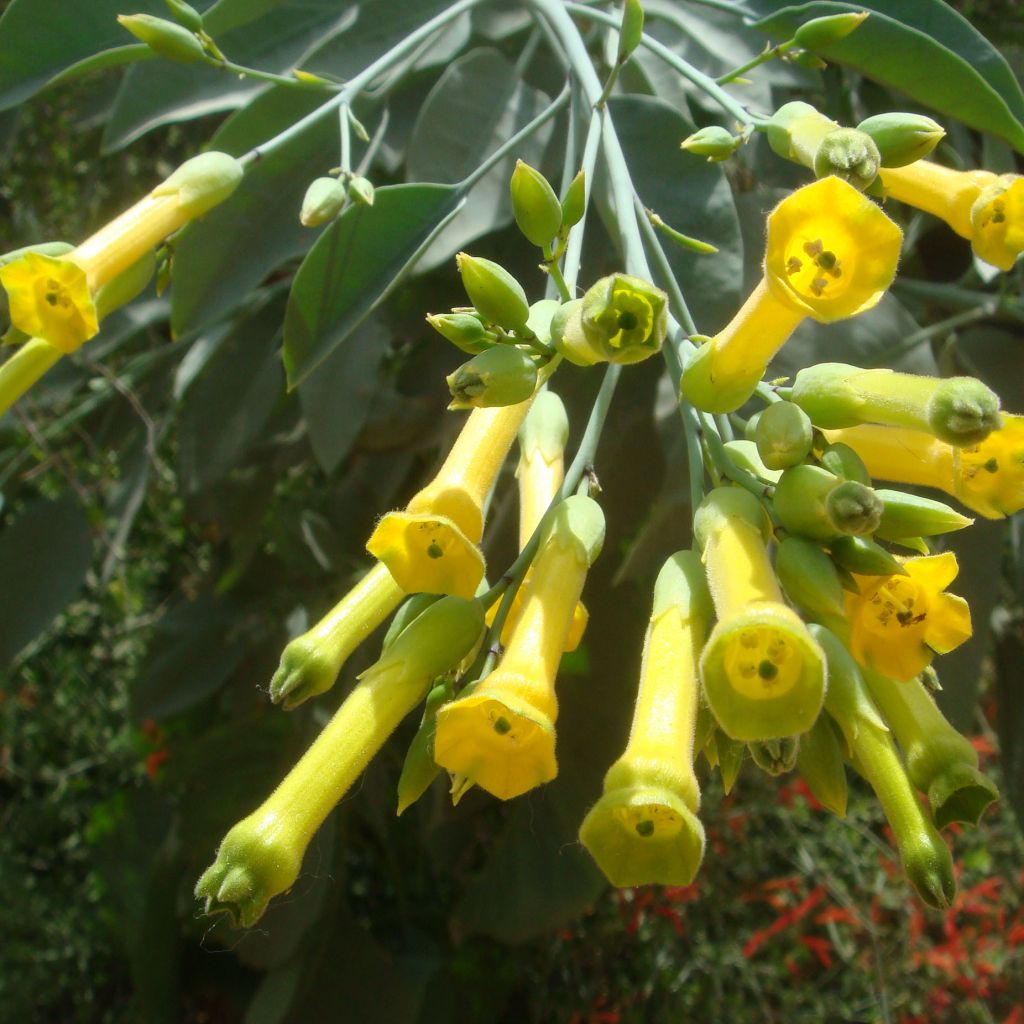

Nicotiana glauca
Nicotiana glauca - Ornamental tobacco
Nicotiana glauca
Tree Tobacco
Plants' condition was average. But the order was placed out of season. Good overall recovery.
Key, 23/12/2024
Special offer!
Receive a €20 voucher for any order over €90 (excluding delivery costs, credit notes, and plastic-free options)!
1- Add your favorite plants to your cart.
2- Once you have reached €90, confirm your order (you can even choose the delivery date!).
3- As soon as your order is shipped, you will receive an email containing your voucher code, valid for 3 months (90 days).
Your voucher is unique and can only be used once, for any order with a minimum value of €20, excluding delivery costs.
Can be combined with other current offers, non-divisible and non-refundable.
Why not try an alternative variety in stock?
View all →This plant carries a 12 months recovery warranty
More information
We guarantee the quality of our plants for a full growing cycle, and will replace at our expense any plant that fails to recover under normal climatic and planting conditions.

Does this plant fit my garden?
Set up your Plantfit profile →
Description
Nicotiana glauca, also known as Glauca Tobacco, Blue Tobacco or Tree Tobacco, is a large perennial shrub that deserves to be planted more for the beauty of its eucalyptus-like bluish foliage and lemon yellow flowering panicles. In mild winter regions, this ornamental tobacco gradually forms a beautiful bush with a flexible habit whose colours allow for beautiful associations. Elsewhere, it can be grown as a biennial, as it grows quickly, self-seeds easily, and is ornamental when young.
Nicotiana glauca is in the Solanaceae family native to South America. It has become naturalized in Mexico, the southwestern United States, southern Europe, and North Africa. It is a light-loving plant that prefers chalky and clayey soil with a dry tendency. Its limited hardiness is estimated at -8 °C for the crown. The above-ground vegetation, theoretically evergreen in winter, is destroyed at -4 or -5 °C.
The vigorous crown of this blue tobacco forms a large rosette of very wide, thick, leathery, lanceolate, beautiful silvery-blue-green leaves in the first year. Then leafy, flexible stems grow, seeking the sun. In the course of one season, the growth can reach a height of 2 m (7ft) and a width of 1.80 m (6ft). When the winter is mild enough, the stems turn woody and a trunk forms, covered with a smooth, bluish bark. This tobacco then becomes a true bush that can reach a height of 3 m (10ft). The foliage is composed of leaves measuring 5 to 17.5 cm (2 to 7in), with an ovate shape and smooth surfaces. They are a luminous soft green-blue colour with grey-silver highlights. Flowering can begin in April in the south, between August and September further north. The plant is capable of flowering quite late in the season. Each flower resembles a yellow tube measuring 3 to 15 cm (1 to 6in) long, the petals are fused, the tip of the corolla is open and slightly flared. After pollination by insects, capsules form and release numerous small black seeds. Like all tobaccos, tree tobacco is toxic. Its leaves contain nicotine and another alkaloid that can be used as an insecticide against aphids.
The tree tobacco is best planted in the back of a flower bed and in full sun. It can also be planted in a large rockery, with other large plants. In a pot, it can be paired with your citrus trees, mimosas, and night-scented stock. It can be combined with dark-foliaged shrubs (Black Lace Elderberry, Lagerstroemia Black Solitaire, Berberis) or golden ones. It also pairs well with white, yellow, orange, or red English roses and forms a beautiful combination with salvias (Salvia Blue Marvel, Blauhugel, Mainacht), or Calliope aster laevis, a large plant that flowers in early autumn. There are plenty of ideas for combinations, as its foliage enhances all colours in the garden.
Report an error about the product description
Nicotiana glauca - Ornamental tobacco in pictures
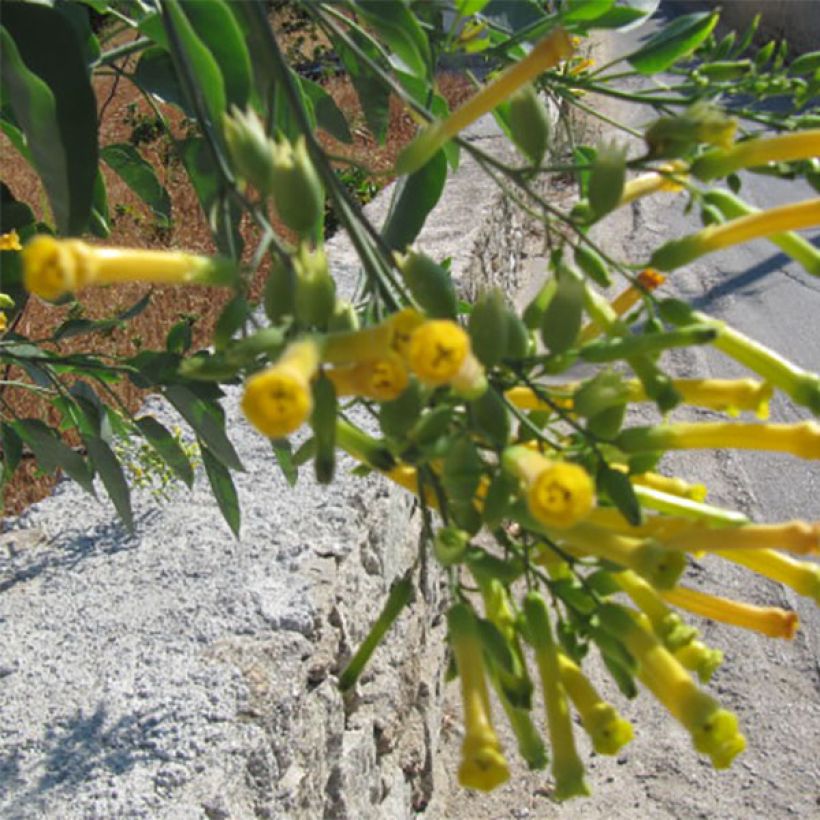

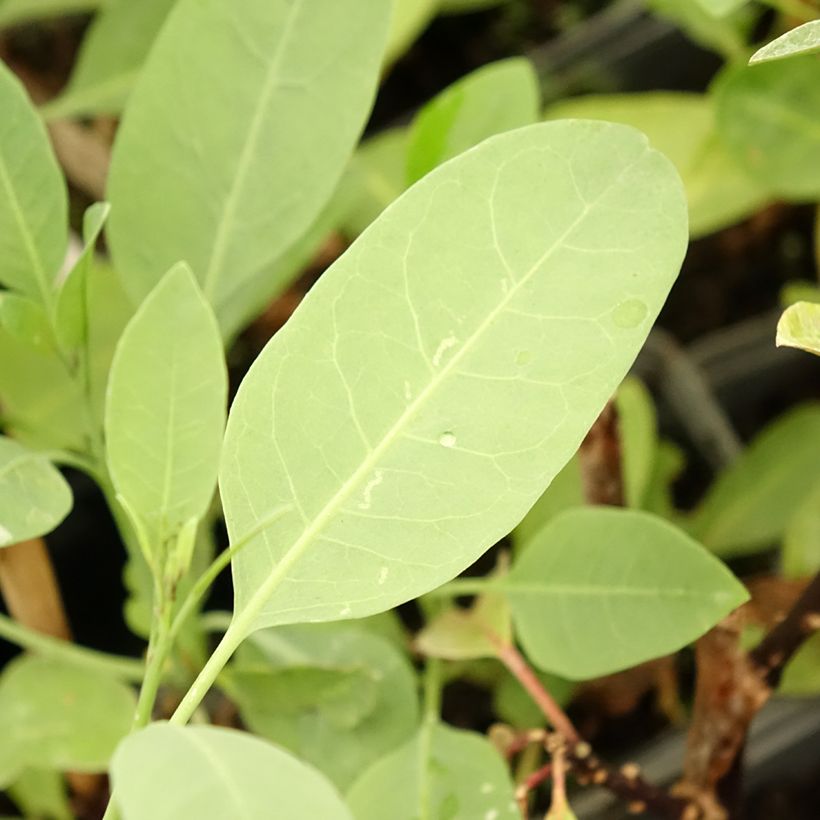

Flowering
Foliage
Plant habit
Botanical data
Nicotiana
glauca
Solanaceae
Tree Tobacco
South America
Other Perennials A to Z
View all →Planting and care
Tree tobacco is a perennial, shrubby plant for mild coastal regions. Plant in rich, well-drained soil where it can live for several years in place. Once well-rooted, this plant generally does not require watering in summer. Elsewhere, it should be considered a biennial (and in cold regions, as an annual) and planted in very well-drained soil, as dry as possible in winter. If the aboveground vegetation is damaged by cold, the plant may, or may not regrow from the crown. Protect the crown in cold regions to limit damage. Prune all dead branches in late winter. Shorten the still-green stems above a bud.
Planting period
Intended location
Care
Planting & care advice
-
, onOrder confirmed
Reply from on Promesse de fleurs
Haven't found what you were looking for?
Hardiness is the lowest winter temperature a plant can endure without suffering serious damage or even dying. However, hardiness is affected by location (a sheltered area, such as a patio), protection (winter cover) and soil type (hardiness is improved by well-drained soil).

Photo Sharing Terms & Conditions
In order to encourage gardeners to interact and share their experiences, Promesse de fleurs offers various media enabling content to be uploaded onto its Site - in particular via the ‘Photo sharing’ module.
The User agrees to refrain from:
- Posting any content that is illegal, prejudicial, insulting, racist, inciteful to hatred, revisionist, contrary to public decency, that infringes on privacy or on the privacy rights of third parties, in particular the publicity rights of persons and goods, intellectual property rights, or the right to privacy.
- Submitting content on behalf of a third party;
- Impersonate the identity of a third party and/or publish any personal information about a third party;
In general, the User undertakes to refrain from any unethical behaviour.
All Content (in particular text, comments, files, images, photos, videos, creative works, etc.), which may be subject to property or intellectual property rights, image or other private rights, shall remain the property of the User, subject to the limited rights granted by the terms of the licence granted by Promesse de fleurs as stated below. Users are at liberty to publish or not to publish such Content on the Site, notably via the ‘Photo Sharing’ facility, and accept that this Content shall be made public and freely accessible, notably on the Internet.
Users further acknowledge, undertake to have ,and guarantee that they hold all necessary rights and permissions to publish such material on the Site, in particular with regard to the legislation in force pertaining to any privacy, property, intellectual property, image, or contractual rights, or rights of any other nature. By publishing such Content on the Site, Users acknowledge accepting full liability as publishers of the Content within the meaning of the law, and grant Promesse de fleurs, free of charge, an inclusive, worldwide licence for the said Content for the entire duration of its publication, including all reproduction, representation, up/downloading, displaying, performing, transmission, and storage rights.
Users also grant permission for their name to be linked to the Content and accept that this link may not always be made available.
By engaging in posting material, Users consent to their Content becoming automatically accessible on the Internet, in particular on other sites and/or blogs and/or web pages of the Promesse de fleurs site, including in particular social pages and the Promesse de fleurs catalogue.
Users may secure the removal of entrusted content free of charge by issuing a simple request via our contact form.
The flowering period indicated on our website applies to countries and regions located in USDA zone 8 (France, the United Kingdom, Ireland, the Netherlands, etc.)
It will vary according to where you live:
- In zones 9 to 10 (Italy, Spain, Greece, etc.), flowering will occur about 2 to 4 weeks earlier.
- In zones 6 to 7 (Germany, Poland, Slovenia, and lower mountainous regions), flowering will be delayed by 2 to 3 weeks.
- In zone 5 (Central Europe, Scandinavia), blooming will be delayed by 3 to 5 weeks.
In temperate climates, pruning of spring-flowering shrubs (forsythia, spireas, etc.) should be done just after flowering.
Pruning of summer-flowering shrubs (Indian Lilac, Perovskia, etc.) can be done in winter or spring.
In cold regions as well as with frost-sensitive plants, avoid pruning too early when severe frosts may still occur.
The planting period indicated on our website applies to countries and regions located in USDA zone 8 (France, United Kingdom, Ireland, Netherlands).
It will vary according to where you live:
- In Mediterranean zones (Marseille, Madrid, Milan, etc.), autumn and winter are the best planting periods.
- In continental zones (Strasbourg, Munich, Vienna, etc.), delay planting by 2 to 3 weeks in spring and bring it forward by 2 to 4 weeks in autumn.
- In mountainous regions (the Alps, Pyrenees, Carpathians, etc.), it is best to plant in late spring (May-June) or late summer (August-September).
The harvesting period indicated on our website applies to countries and regions in USDA zone 8 (France, England, Ireland, the Netherlands).
In colder areas (Scandinavia, Poland, Austria...) fruit and vegetable harvests are likely to be delayed by 3-4 weeks.
In warmer areas (Italy, Spain, Greece, etc.), harvesting will probably take place earlier, depending on weather conditions.
The sowing periods indicated on our website apply to countries and regions within USDA Zone 8 (France, UK, Ireland, Netherlands).
In colder areas (Scandinavia, Poland, Austria...), delay any outdoor sowing by 3-4 weeks, or sow under glass.
In warmer climes (Italy, Spain, Greece, etc.), bring outdoor sowing forward by a few weeks.






























